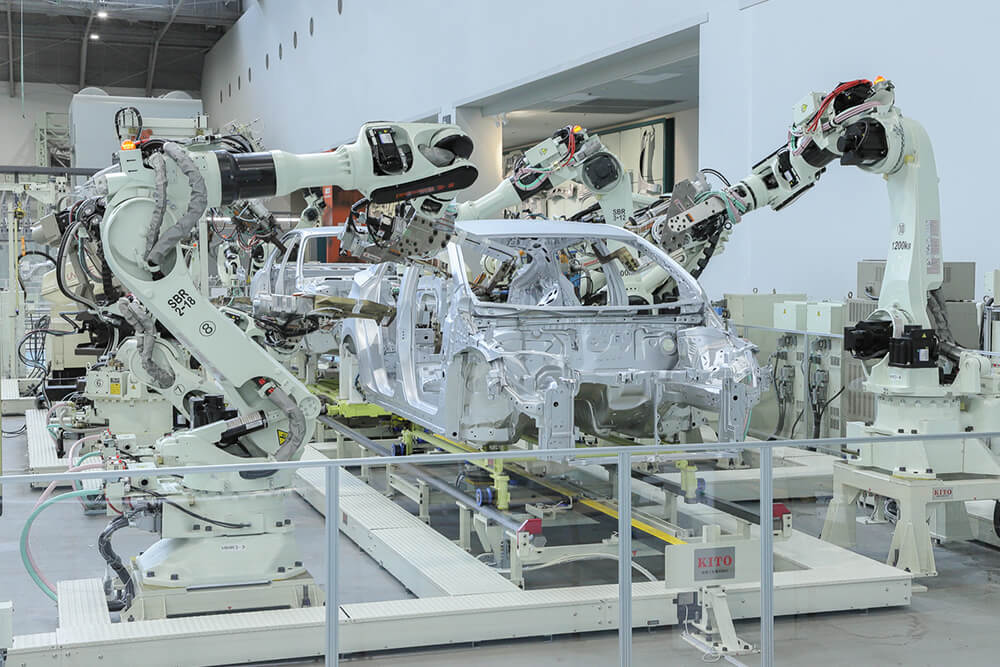How are companies rebuilding their e-supply chains to meet a rapidly changing world?
In a time of accelerating economic and technological events, companies can no longer ignore the fragility of global supply chains. Electronic components—the lifeblood of everything smart and modern—have become a strategic commodity par excellence, and with each new crisis, one fact becomes clearer: secure and intelligent access to components is key to industrial success.
But how can organizations confront this reality? What tools and strategies enable them to build resilient, smart, and unbreakable supply chains?
1. From Traditional Sourcing to Smart Grids
In the past, supply chains operated in a linear and simple manner: factory → distributor → customer. Today, this model is no longer suitable for dealing with the complexities of the market. Modern organizations are shifting to multi-source supply networks, relying on:
Diverse, geographically distributed suppliers
Live databases of global inventory levels
Artificial intelligence systems that predict supply disruptions
A flexible architecture that allows for rapid switching from one supplier to another
2. Discontinued Components: The Hidden Production Gap
With the increasing reliance on microchips and specialized components, a critical gap has emerged: manufacturers stop producing some components without providing immediate replacements.
This situation disrupts production lines, delays product launches, and sometimes leads to a complete engineering redesign.
The solution lies in:
Active Component Lifecycle Management
Maintaining a “components at risk” list
Partnerships with entities capable of sourcing rare parts from trusted sources
Integrating remanufacturing or requalification services when needed
3. Combating counterfeiting: A strategic priority, not a secondary option
Amid high demand, component counterfeiting has increased—some of which are only discovered after a product fails in the market or during field testing.
Therefore, organizations must rely on supply chains that integrate:
In-house or partner testing laboratories
Comprehensive component traceability systems
Strict certifications and quality standards
Spectroscopy and physical analysis techniques to ensure authenticity
4. Predicting instead of waiting: AI at the heart of the supply chain
Supply chain planning is no longer based on estimation, but rather on scientific forecasting. Systems based on artificial intelligence and machine learning are now able to:
Predict price fluctuations
Monitor seasonal trends
Alert teams to inventory vulnerabilities
Automatically suggest resource redeployment
This shift toward “predictive supply” reduces waste, improves response time, and significantly enhances competitiveness.
5. Towards a resilient and profitable supply chain
The goal today is not just to continue production, but to do so efficiently, sustainably, and profitably. Smart supply chains now include:
Strategic warehousing solutions (in multiple locations)
Flexible “Just-in-Time” services
Long-term purchasing deals with protected prices
Real-time performance reports for immediate decision-making
This requires building partnerships based on transparency, technology, and shared interests—not just contracts.
Conclusion: Whoever controls the supply, controls the market
In the near future, the power of companies will not be measured solely by the number of their factories or sales volume, but rather by the extent of their control over their supply chains.
Building a resilient electronic supply chain is a long-term strategic endeavor, but it is the true key to stability, growth, and technological supremacy in a world that is changing faster than we can imagine.

